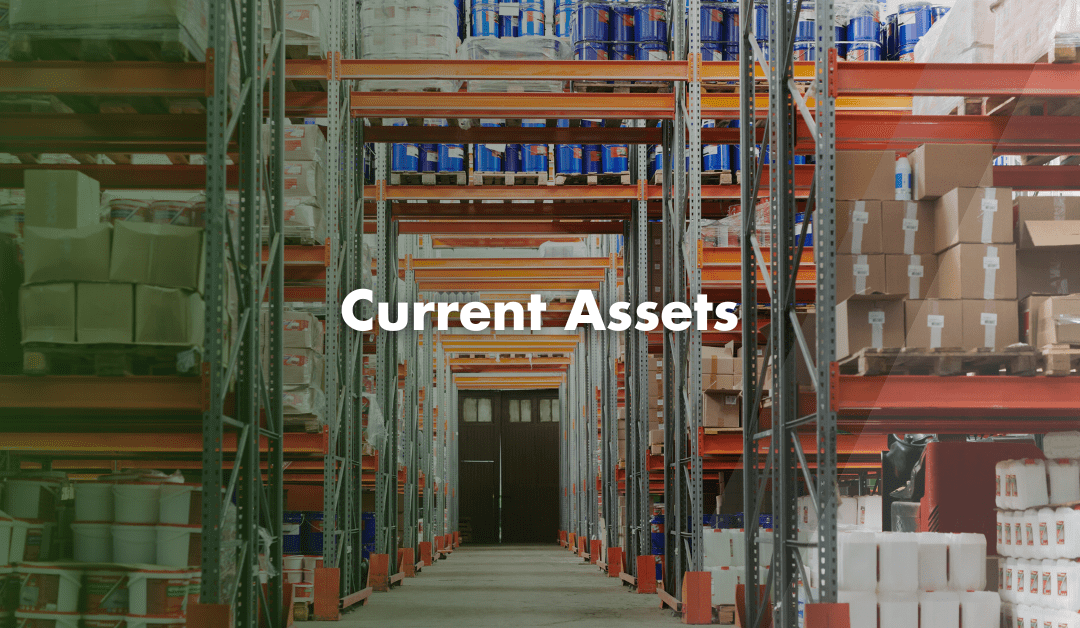What are Current Assets?
Current Assets (CA) are short-term resources that a business owns and expects to convert to cash or use up within one year. Current assets appear first on a company’s balance sheet under the Assets section and support the daily operations of a business. They also help cover short-term liabilities.
Current Assets are different to Fixed Assets. Click here to read more on Fixed Assets.
Types of Current Assets
There are several types of current assets, each playing a different role in a business’s financial health. These include
- Cash and Cash Equivalents: These assets readily meet immediate needs and form the financial backbone of a business. They include:
- Cash on Hand: Physical currency, such as bills and coins.
- Bank Balances: Money held in current and savings accounts.
- Short-term Investments: You can quickly convert investments like money market funds and treasury bills to cash.
- Accounts Receivable: Represents money owed to a business by customers who purchased goods or services on credit. These funds are expected to be paid within a year and are considered future cash inflows.
- Inventory: Includes raw materials, work-in-progress, and finished goods ready for sale. The liquidity of inventory can vary depending on the industry. For example, selling umbrellas during the rainy season is easier than selling heavy machinery.
- Prepaid Expenses: Payments made in advance for receiving goods or services in the future. Examples include insurance premiums, rent, and subscriptions. Consider these expenses as current assets because they free up capital for other uses within a year.
- Marketable Securities: Short-term, liquid investments that can be quickly sold for cash. These might include stocks or bonds traded on public markets. You can convert them to cash without significant loss in value because they are highly liquid.
Importance in Business
Businesses use CAs to maintain liquidity and ensure smooth operations. Additionally, they act as a financial safety net, allowing businesses to pay employees, purchase inventory, and cover other short-term obligations.
Having sufficient CA indicates financial stability. It can attract investors and help secure loans for growth. Conversely, a lack of CA can make it challenging for a business to stay afloat, especially during tough economic times.
Current vs. Non-Current
Current assets differ from non-current assets. Non-current assets are long-term resources that a company plans to hold for more than a year, such as property, equipment, and long-term investments. They are less liquid and not as readily converted to cash.
How to Calculate
To calculate CA, add up the value of all the short-term assets listed on the balance sheet. If you use accounting software, it will automatically calculate this for you. If you prepare accounts manually, ensure each figure is accurate and add them together.
Contact Us
We are not just accountants; we are Chartered Accountants with one of the most reputable and premium accounting bodies. We are registered and regulated by ACCA; so you can rest assured that you are in good hands. Knowing this, don’t hesitate to get in touch with us if you require assistance: Pi Accountancy | Contact Us

